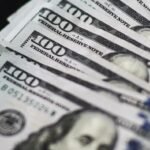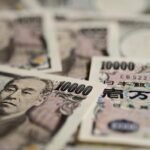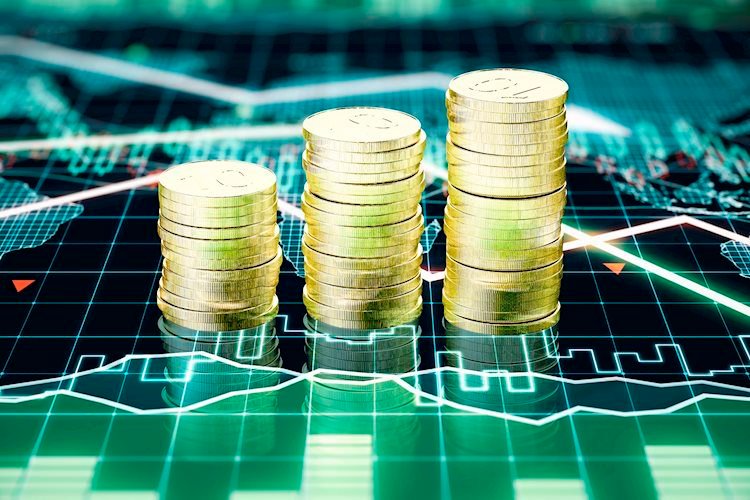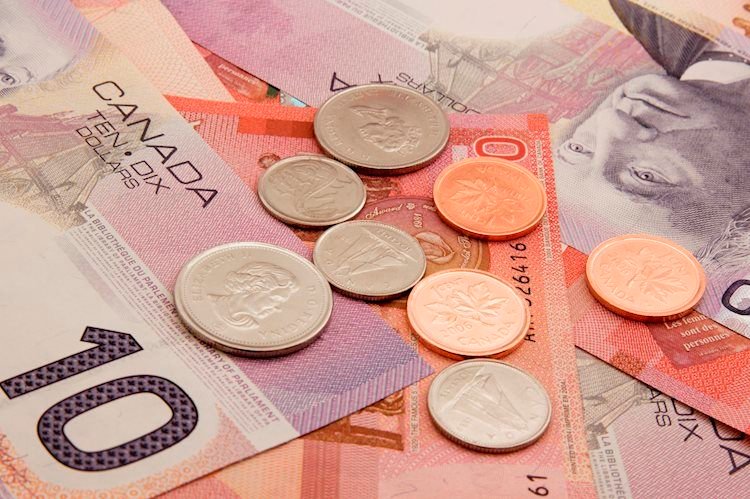- Gold price soars to all-time high of $2,225, defying rising Treasury yields and a robust US Dollar.
- Fed Governor Waller’s hawkish comments and upbeat US data were no excuse for the advance in Gold and the US Dollar.
- Market anticipation builds for the upcoming release of the Fed’s Core PCE index.
Gold price rallied during the North American session on Thursday and hit a new all-time high of $2,225 in the mid-North American session. Precious metal prices are trending higher even though US Treasury yields are advancing, underpinning the Greenback. Hawkish comments by a Federal Reserve (Fed) policymaker and solid economic data from the United States (US) keep the US Dollar and Gold prices bid. XAU/USD trades at $2,221 and gains more than 1.20%.
Christopher Waller, a Fed Governor, noted the US central bank is in no rush to cut rates, even though he expects the beginning of the easing cycle. However, he needs to see a couple of months’ evidence that inflation is curbing toward the Fed’s 2% goal.
Data-wise, the US economy grew faster than expected. Meanwhile, according to the Initial Jobless Claims (IJC) report, the jobs market remains tight. Further data showed that consumer sentiment improved, according to a poll from the University of Michigan, while Pending Home Sales in February ticked higher than in January.
Ahead in the week, Gold traders are eyeing the release of the Fed’s preferred gauge for inflation, the Core Personal Consumption Expenditure (PCE) price index for the month of February.
Daily digest market movers: Gold price advances in tandem with the US Dollar
- Gold prices seem to be rallying based on speculation of a lower February inflation report in the US. The Core PCE is expected to slow from 0.4% to 0.3% MoM, while the headline PCE is expected to edge higher from 0.3% to 0.4% MoM.
- The US GDP rose by 3.4%, exceeding the preliminary reading of 3.2%, an indication of a strong economy. The Core Personal Consumption Expenditure (PCE) for Q4 2023 hit the Fed’s target of 2% QoQ.
- Initial Jobless Claims for the week ending March 23 increased by 210K, less than the consensus projection of 215K and lower than the previous week. The data could prevent the Fed from cutting rates sooner than market participants estimate.
- The University of Michigan Consumer Sentiment Index rose to its highest level since July 2021, climbing to 79.4, exceeding estimates of 76.5. Pending Home Sales recovered in February, increasing 1.6% MoM after plunging -4.7% in January and above the consensus of 1.5%.
- Money market traders predict a 63% chance that the Fed will slash rates by a quarter of a percentage point in June, lower than Wednesday’s 70% odds.
Technical analysis: Gold price pushes above $2,200 as buyers remain in charge

Gold’s uptrend remains intact, although the Relative Strength Index (RSI) is turning overbought as XAU/USD pierces the March 21 high of $2,223. When an asset experiences a significant uptrend, its RSI typically surpasses the 70 mark, signaling that bullish momentum is accumulating. An RSI reading above 80 is often considered indicative of an extreme overbought condition. Therefore, further upside is seen if buyers keep the yellow metal spot price above the latter, paving the way for challenging $2,300.
On the other hand, if XAU/USD dives below $2,200, look for a pullback toward the December 4 high, which turned support at $2,146, that could exacerbate a sell-off and send XAU/USD prices diving toward $2,100. The next support would be the December 28 high at $2,088.
Fed FAQs
Monetary policy in the US is shaped by the Federal Reserve (Fed). The Fed has two mandates: to achieve price stability and foster full employment. Its primary tool to achieve these goals is by adjusting interest rates. When prices are rising too quickly and inflation is above the Fed’s 2% target, it raises interest rates, increasing borrowing costs throughout the economy. This results in a stronger US Dollar (USD) as it makes the US a more attractive place for international investors to park their money. When inflation falls below 2% or the Unemployment Rate is too high, the Fed may lower interest rates to encourage borrowing, which weighs on the Greenback.
The Federal Reserve (Fed) holds eight policy meetings a year, where the Federal Open Market Committee (FOMC) assesses economic conditions and makes monetary policy decisions. The FOMC is attended by twelve Fed officials – the seven members of the Board of Governors, the president of the Federal Reserve Bank of New York, and four of the remaining eleven regional Reserve Bank presidents, who serve one-year terms on a rotating basis.
In extreme situations, the Federal Reserve may resort to a policy named Quantitative Easing (QE). QE is the process by which the Fed substantially increases the flow of credit in a stuck financial system. It is a non-standard policy measure used during crises or when inflation is extremely low. It was the Fed’s weapon of choice during the Great Financial Crisis in 2008. It involves the Fed printing more Dollars and using them to buy high grade bonds from financial institutions. QE usually weakens the US Dollar.
Quantitative tightening (QT) is the reverse process of QE, whereby the Federal Reserve stops buying bonds from financial institutions and does not reinvest the principal from the bonds it holds maturing, to purchase new bonds. It is usually positive for the value of the US Dollar.

























